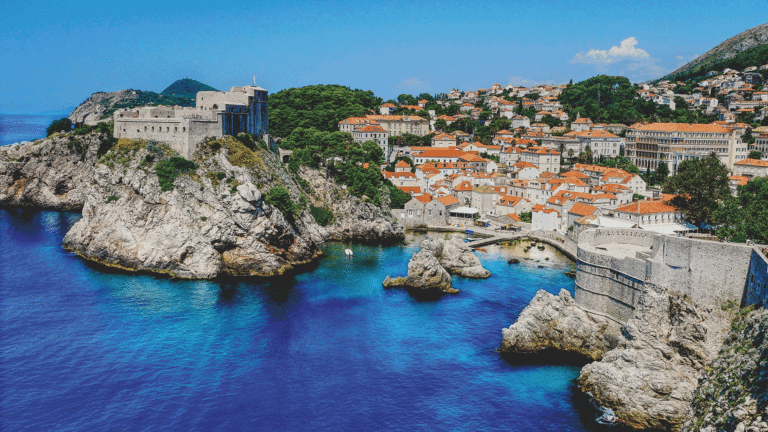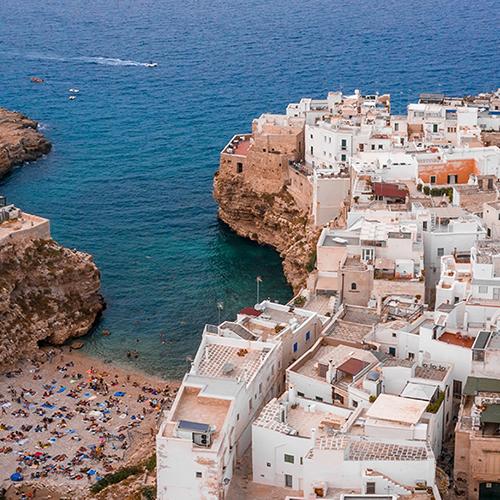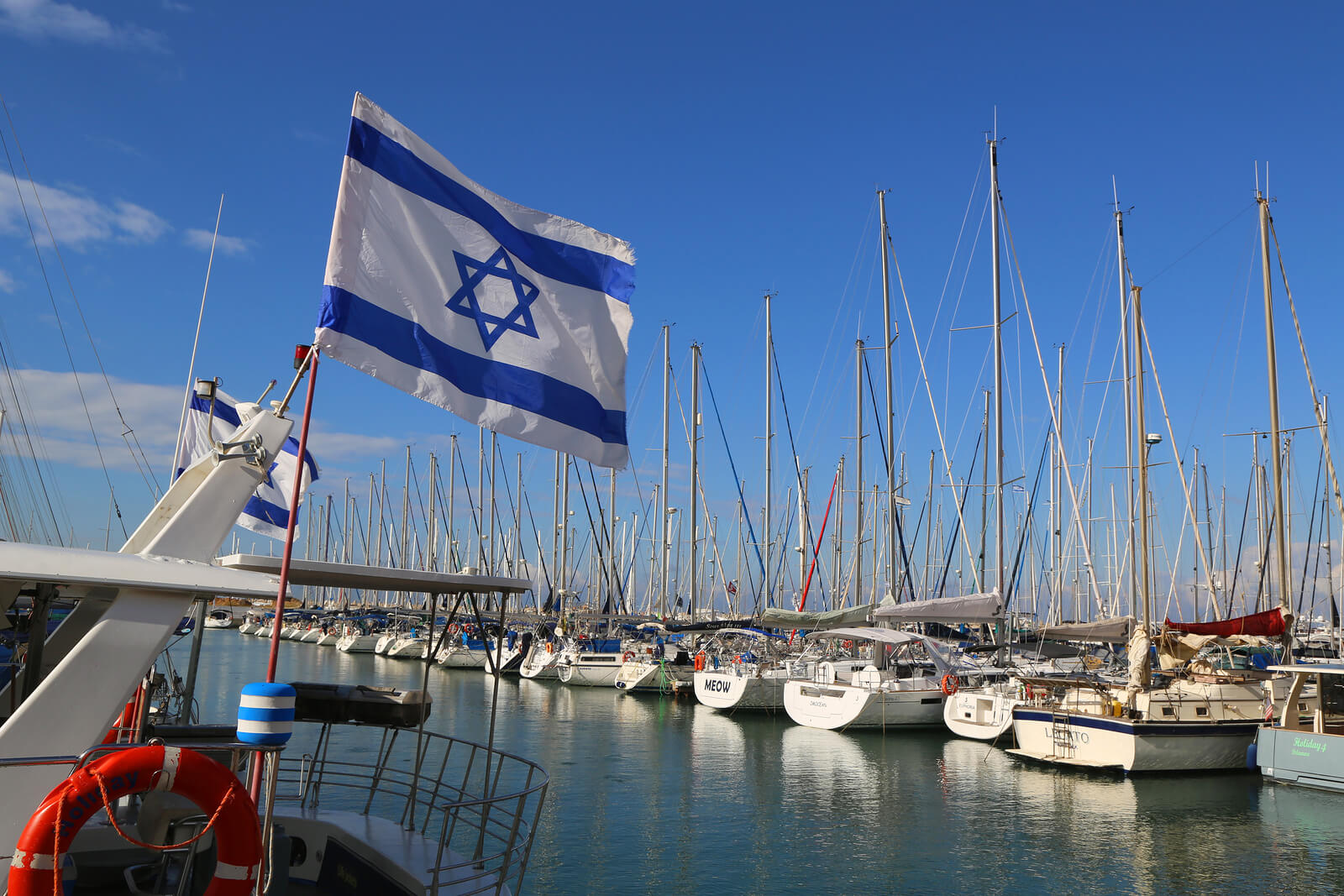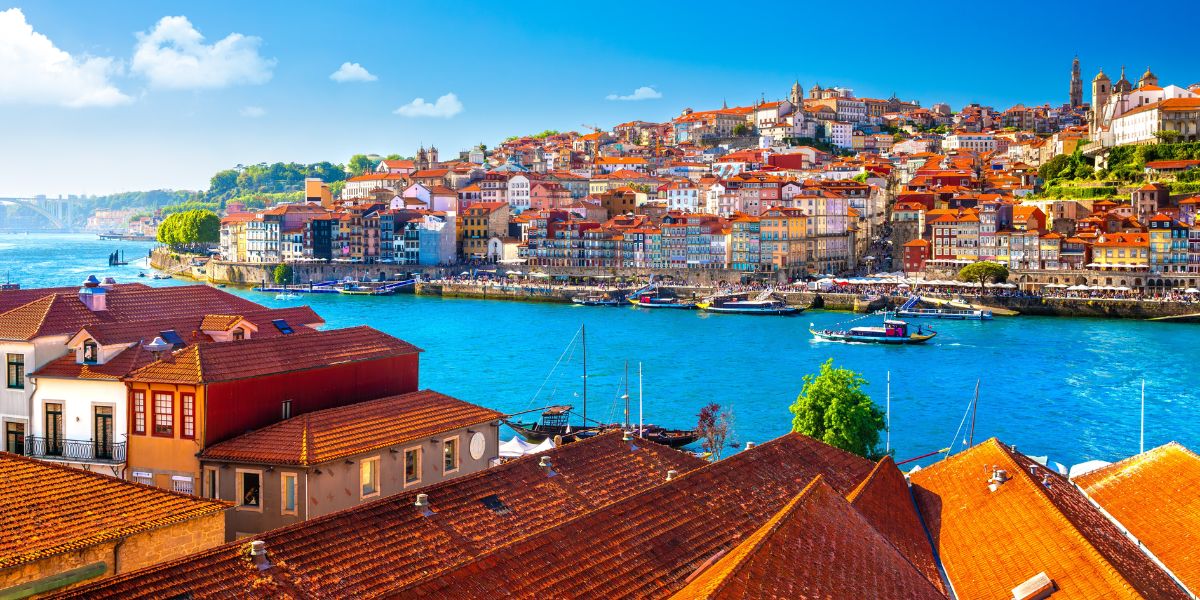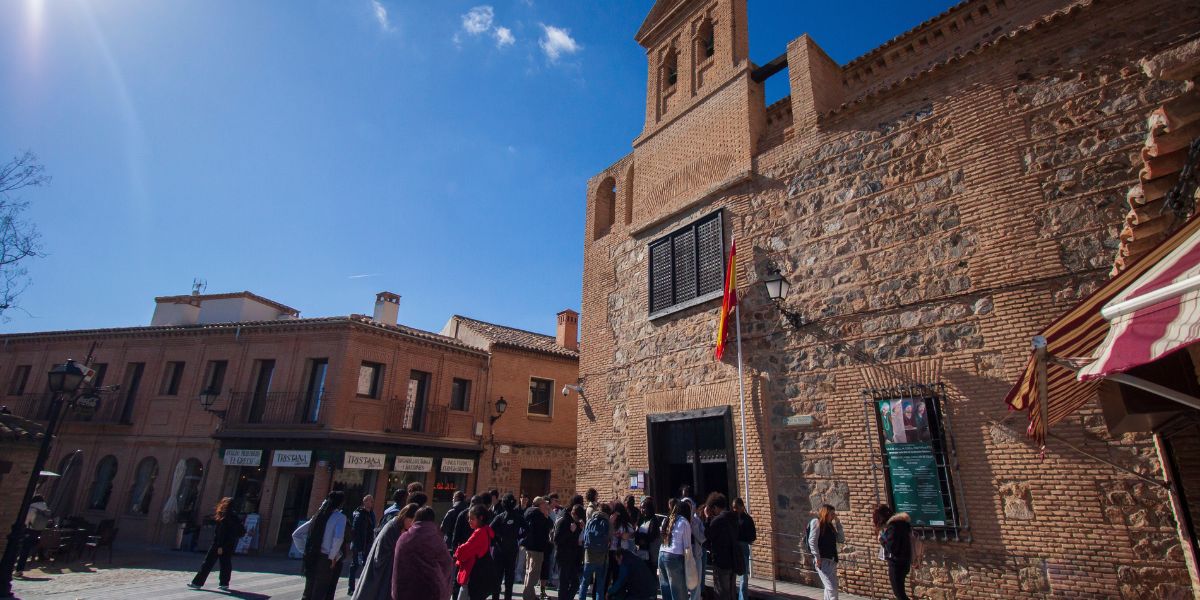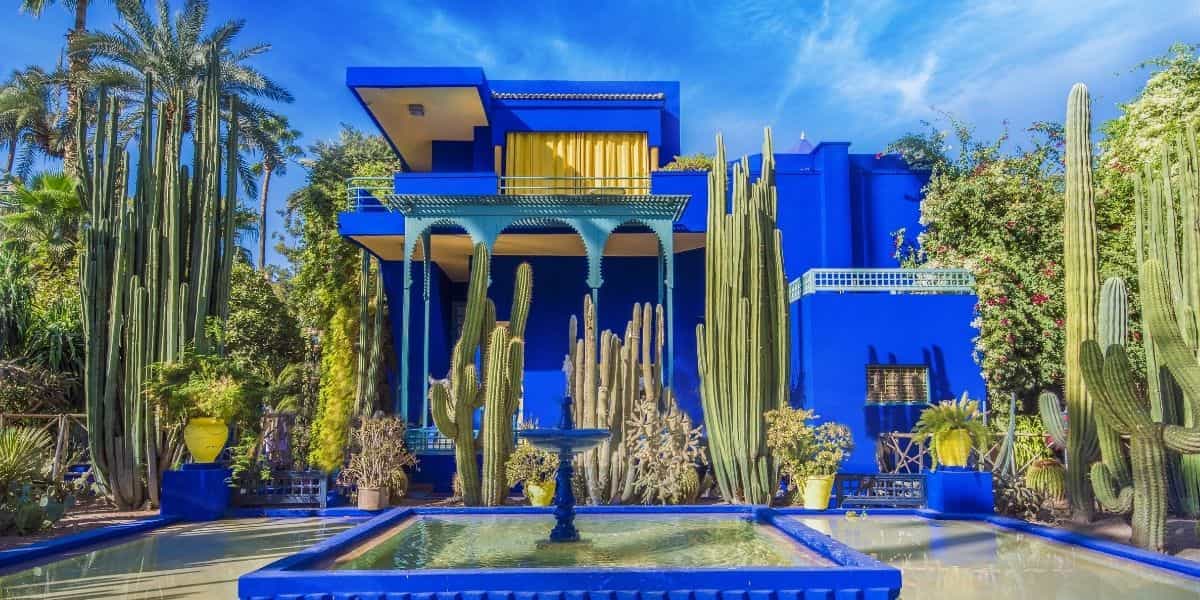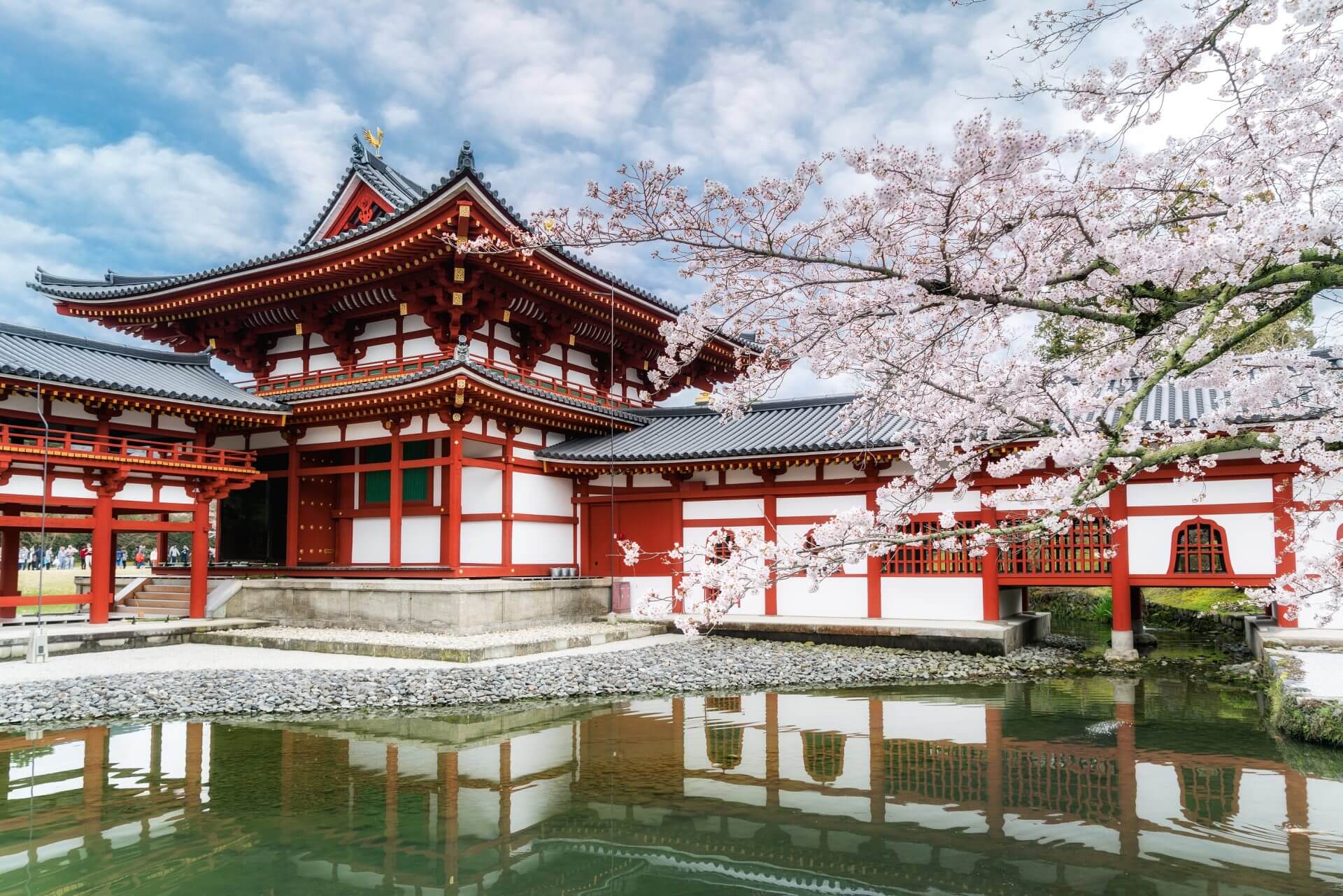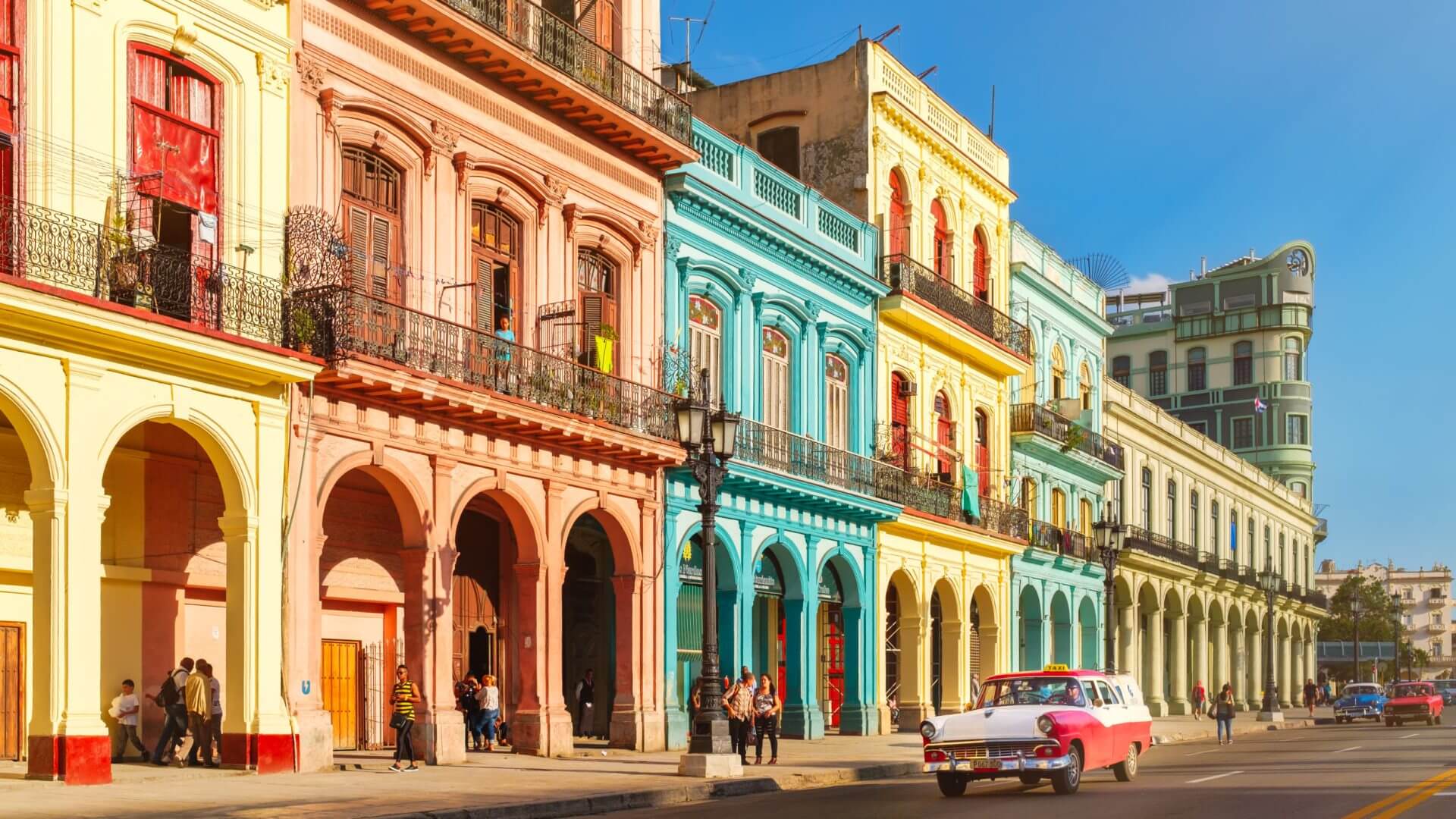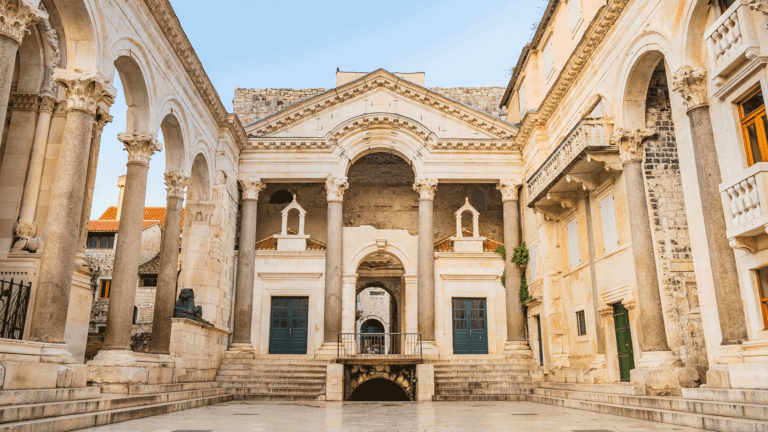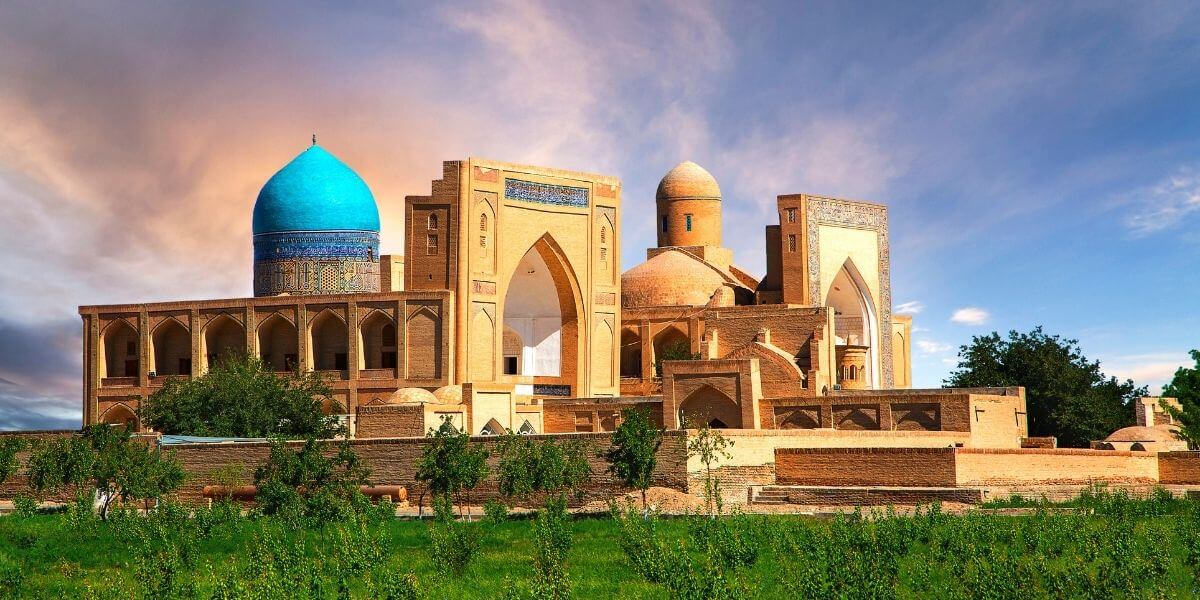Stained glass is a common way that places of worship express their devotion to God. It is a unique form of art, and even Jewish artist Marc Chagall spent much of the last part of his life creating stained glass windows for buildings all over the world. But what are these spectacular works for? Where can you see the most interesting stained glass windows? And why are they so common in churches?
What is the stained glass in churches called?
Stained glass in churches is often called Cathedral glass. It is colored glass, often in the windows of religious buildings. Artists arrange small pieces of glass to create patterns or images. They’re traditionally held together by lead and supported by a rigid frame.
Is stained glass a Catholic thing?
Stained glass is not a uniquely Catholic decoration. In fact, it adorns the walls of Synagogues, particularly American synagogues from the 19th and 20th centuries. The images created from stained glass are often different depending on the venue, though. Synagogues are more likely to include abstract patterns or ritual items like menorahs, whereas church stained glass might depict biblical scenes or icons.
If you are interested in stained glass outside of the Catholic world Gil travel offers unique tours to Israel. Learn more about our Jewish tours to Israel on our website.
Stained glass restoration in churches
Stained glass normally needs restoration done every 15-25 years. Otherwise, they may bend or show too much daylight. Today, many church stained glass windows are upkept to maintain their vibrancy and unique playfulness with light.
Symbolism Behind Stained Glass Color in Churches
Have you ever wondered what stained glass windows represent in churches? Or why do churches have stained glass windows? These brilliantly colored windows honor Biblical passages held in esteem by religious congregations and Christian leaders.
For that reason, “Poor Man’s Bible” is a popular phrase in modern days when discussing stained glass windows. Even those who cannot read can determine the meaning of stained glass windows in churches. During the Middle Ages, the poor were mostly illiterate and could not afford Bibles. Therefore, the depiction of Biblical events in stained glass windows was a source for the illiterate to understand the events and lessons in the Bible.
Regardless of the role and meaning of stained glass windows in churches, for decoration or for lessons, one cannot deny the luminescent beauty of stained glass. In addition to similar Biblical events, stained glass windows also share many other characteristics, such as the symbolism behind the usage of certain colors.
In Christian churches around the world, the colors used in the stained glass windows that adorn their churches and depict revered passages are of utmost importance. Here, we explain the significance and symbolism behind the usage of certain colors in religious stained glass and what stained glass windows represent in churches.
Stained glass colors symbolism
-
Blue: Blue is the color of the sky and symbolizes hope, sincerity, piety, and heaven. It’s often associated with the Virgin Mary.
- Green: Green symbolizes growth and rebirth, spring, immortality, and contemplation.
- Violet: Violet in stained glass represents truth, suffering, passion, and love.
-
White: White represents innocence and purity and is often related to God when it appears in Church stained glass windows.
-
Red: The biblical meaning of stained glass windows in red represents the blood of Christ. Red is a passionate color that represents strong emotions. Red can also represent the martyrdom of various saints.
-
Purple: Purple has another biblical meaning for Stained Glass Windows. Purple is often associated with royalty, but it is believed that Christ wore purple before his crucifixion. Through that lens, the color now symbolizes suffering and endurance.
-
Black: Black is often associated with death and regeneration.
-
Brown: Brown, often worn by monks, is a symbol of the renunciation of worldly things.
-
Gray: Gray is a symbol of the immortality of the spirit and mourning.
-
Yellow: This color is used for the halo of saints and the Gates of Heaven. It symbolizes glory, power, and divinity.
-
Rainbow: Rainbow can symbolize God’s covenant with humanity to never flood the whole world again, as well as a union.
With the multitude of colors used in Church stained glass windows, it’s no wonder that there are deep meanings behind each of them. The church’s stained glass art is a way to express devotion and stories and has been experimented with and used as an art form for centuries. We’ve compiled a list of stained glass windows in churches you need to see.
Stained Glass Windows You Need to See
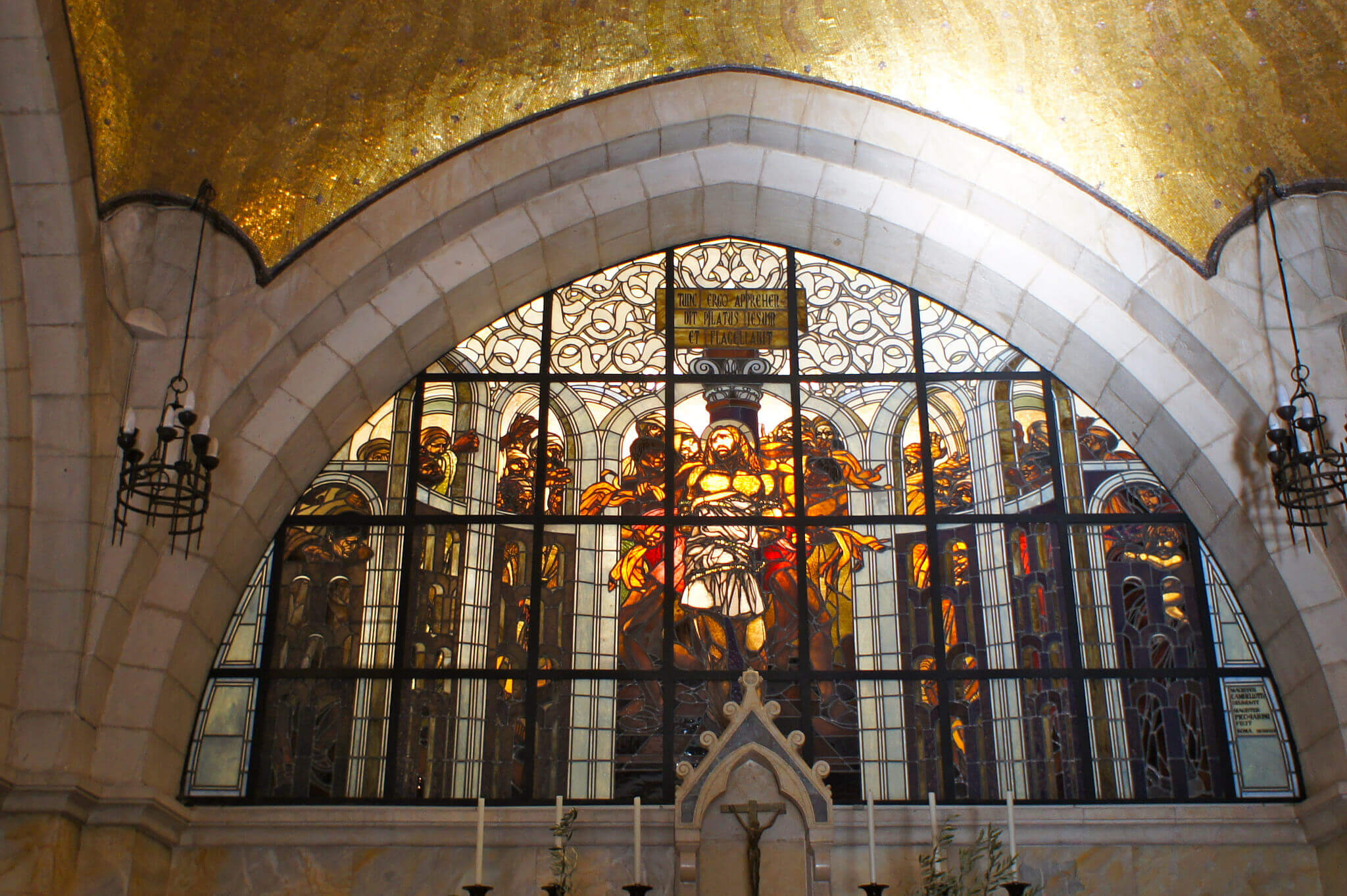
1. Jerusalem, Israel
Israel’s Church of the Flagellation, which marks the Second Station of the Via Dolorosa, contains three large examples of church stained glass art. The first stained glass window is on the left when facing the main altar; it depicts Pontius Pilate washing his hands from the sin of ordering Jesus’ crucifixion. The second one is in the center, directly behind the altar; it shows Jesus being flogged and a crown of thorns placed over His head. To the right of the altar, one would find the third stained glass window, which illustrates Barrabbas’ joy from being released instead of Jesus.
2. New York, USA
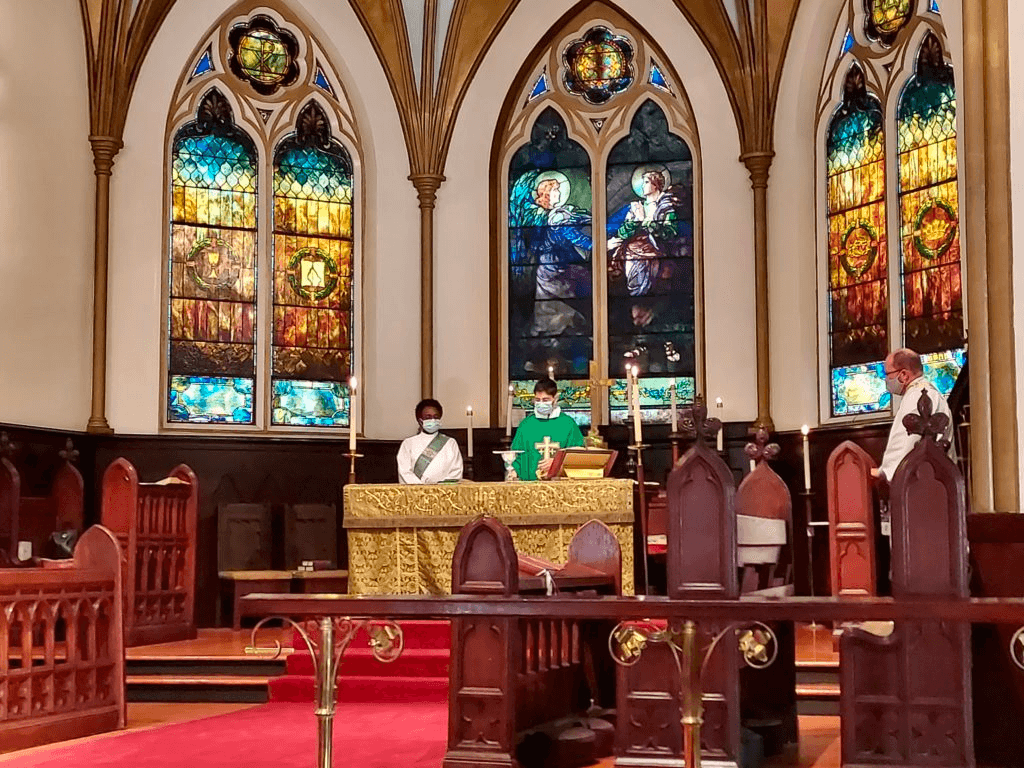
The Christ Episcopal Church, in Poughkeepsie, New York features more than 10 stained glass windows throughout the building. The windows were designed by William Potter, a designer who was well-known for his work and had a personal connection to the parish. All but two of the windows were designed and built in 1910. According to the church’s website, several of the church’s windows are inscribed as memorials to loved ones long gone.
3. Budapest, Hungary
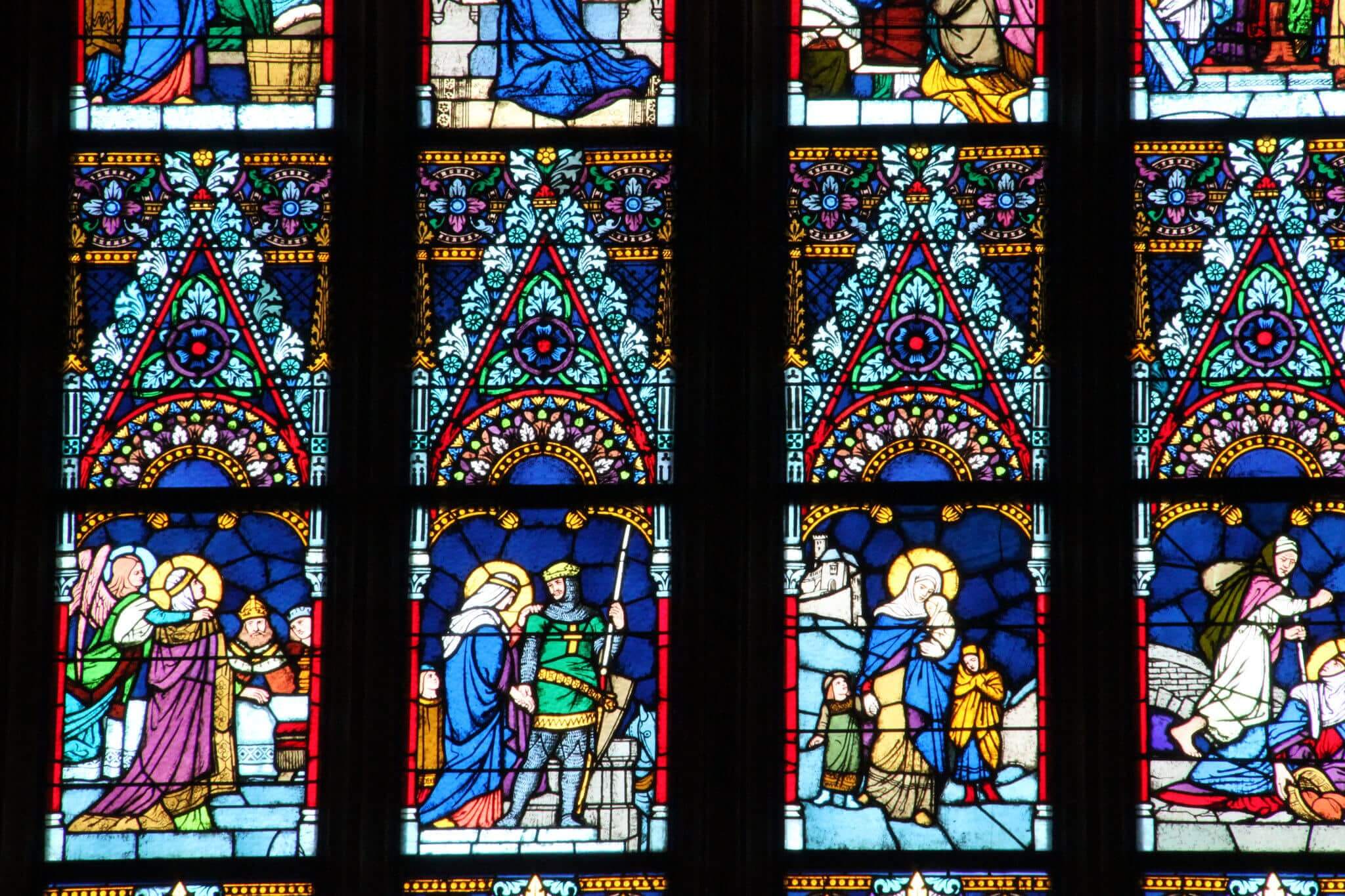
The Matthias Church is a famous church in Budapest. The exterior is quite a sight to behold; it has been renovated numerous times with the architectural style
that was a la mode at the time. All that’s left of significance from the original structure are the foundations, columns, and some walls.
The interior is simply marvelous with beautiful decorations by the hands of Károly Lotz and Bertalan Székely, prominent 19th-century Hungarian painters who are the masterminds behind the stained glass windows that adorn the interior of the church.
They are from different times and in different locations, but there is no denying the beauty and serenity that comes from stained glass windows.
For individuals who want to see the beautiful stained glass and to go on an enlightening tour walking in Jesus’ steps, the tour options at Gil Travel provide the best of both worlds. If you want something that is not offered, our expert agents can help you design a trip that accommodates all your needs and interests. Contact us today to learn more.
4. Nazareth, Israel
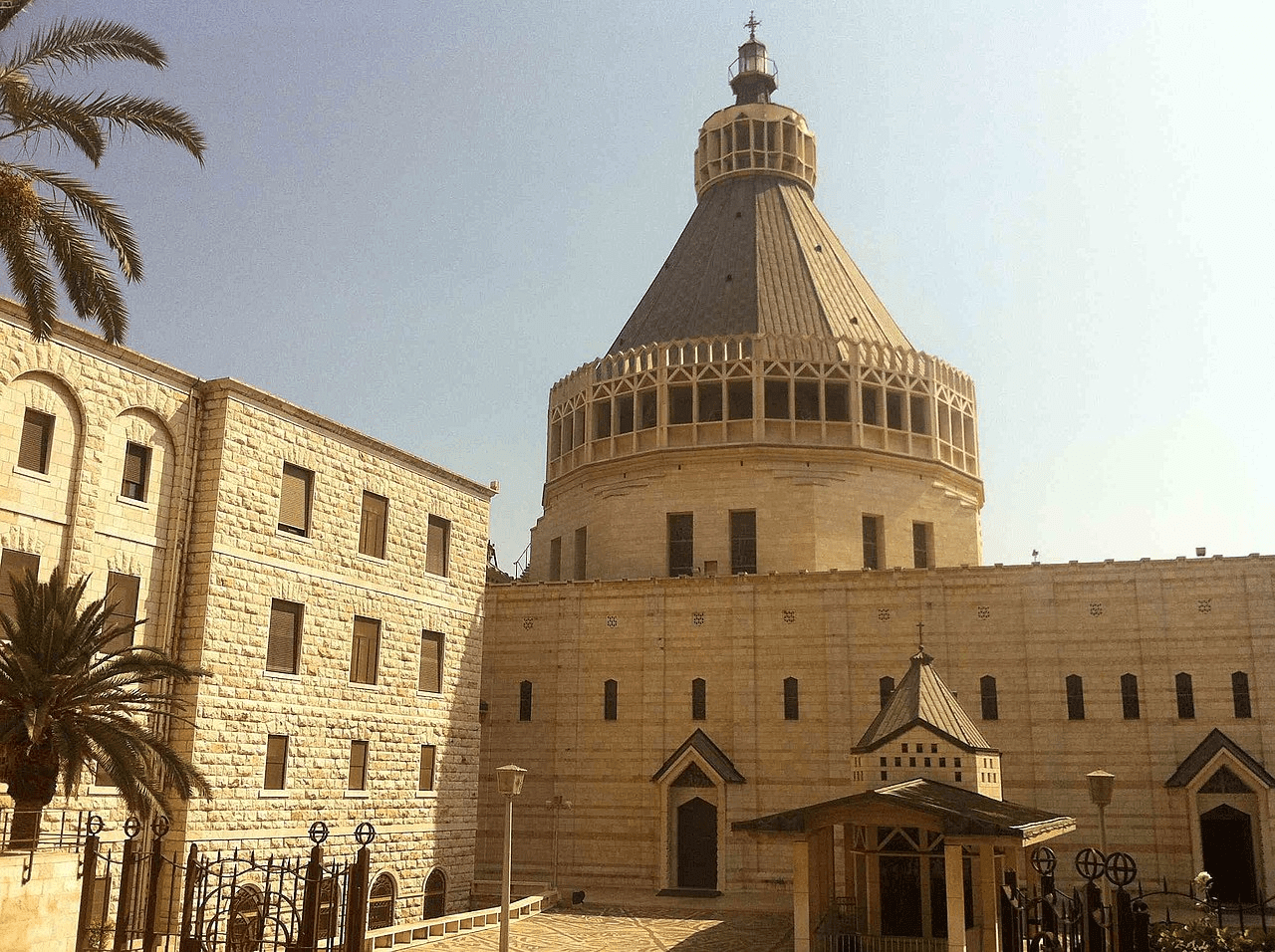
The Church of the Annunciation is the site where, according to one tradition, the Annunciation took place. It’s a Catholic church in Nazareth, in northern Israel. It was commissioned by Emperor Constantine around the same time as the Church of the Nativity and the Church of the Holy Sepulchre. The two-story basilica was the largest Christian church in the Middle East upon its completion in 1969. Because of its sacred place in Catholicism, the church has been given a stained glass.
There’s even new stained glass at the church. In 2017, a new icon of the Virgin Mary was installed in the exterior cloister of the Shrine of Nazareth as a gift from the Austrian dioceses. In 2019, another stained-glass window of the Virgin Mary was donated by the Lieutenancy for Southern Tyrrhenian Italy of the Equestrian Order of the Holy Sepulchre of Jerusalem. Beneath the church is a grotto containing the cave home of the Virgin Mary.
5. Jerusalem, Israel
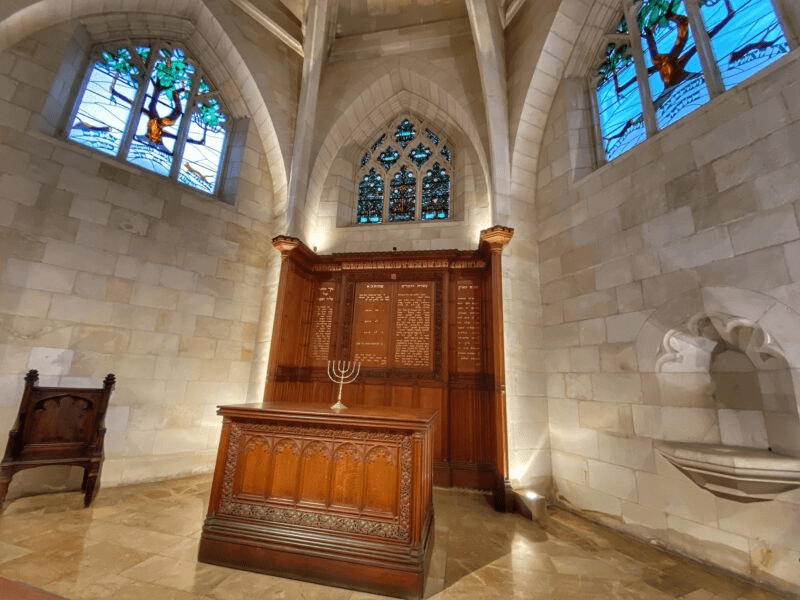
Christ Church is an Anglican church near Jaffa Gate and the Armenian Quarter in Jerusalem that stands out for the Jewish symbolism in its stained glass. The olive tree on the stained glass represents Paul’s teaching of God’s mercy to the Jewish people. The bottom half of the front stained glass window has a vine decorated with passion flowers, wheat, and grape clusters. The rear stained glass window even depicts the Biblical seven species harvested in Israel (wheat, barley, olives, dates, figs, pomegranates, and grapes)Like all synagogues in Jerusalem, the church faces the Temple Mount.
The words of Jesus and the Apostles’ Creed are engraved in Hebrew on the Eastern wall of the church. When the Jordanian army was in Israel, the church had to prove they weren’t Jewish by buying an olive wood cross for the communion table. The church was originally built to convert Jews to Christianity. Although their missionary efforts were not very successful, the church still services a group of worshippers in the Holy City.
6. Bethlehem
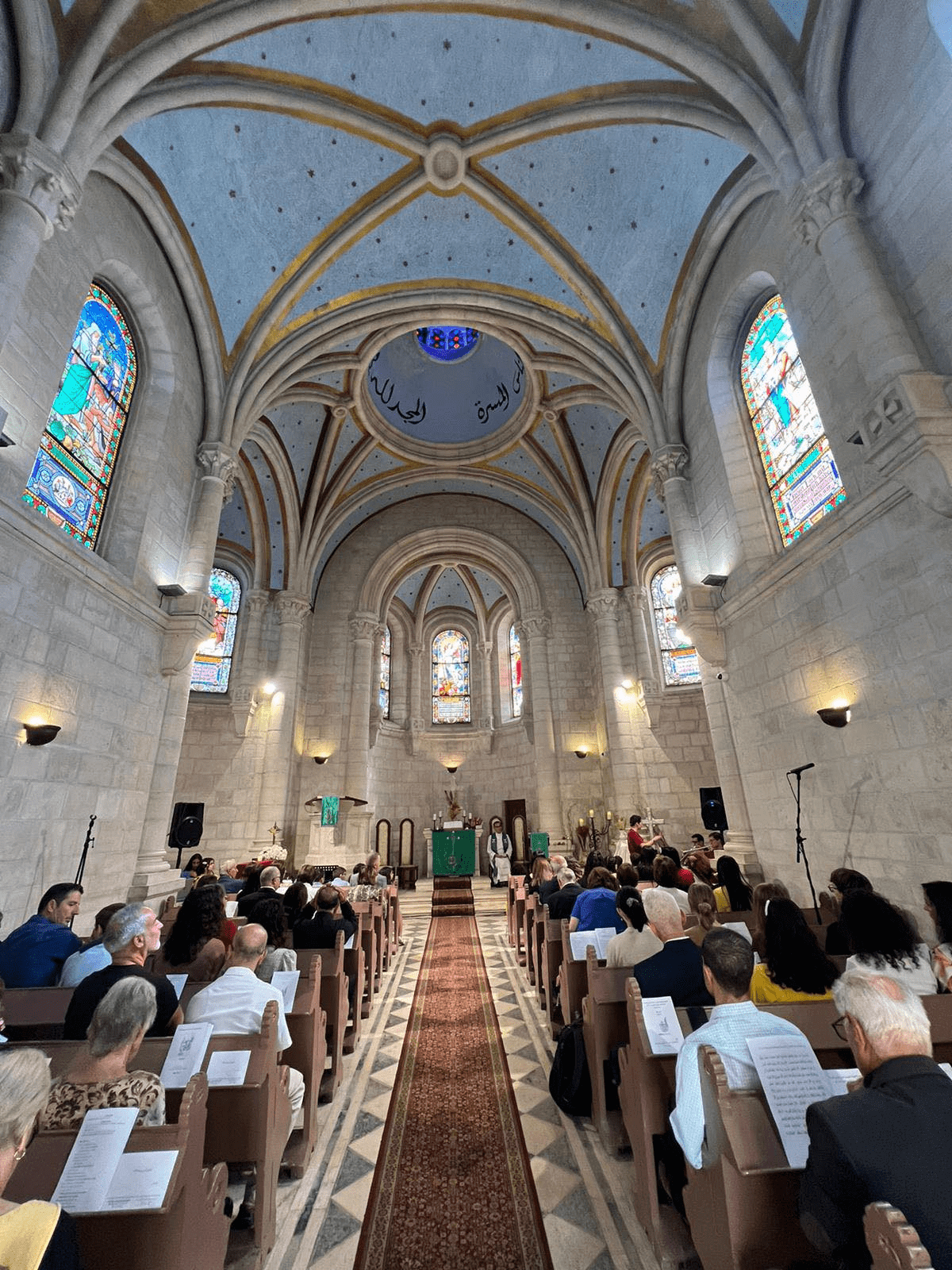
The Lutheran Christmas Church was built by the British Evangelical Christians in 1893. It is one of the oldest Lutheran churches in the area. German-style stained glass windows depict stories from Bethlehem and the Holy Land. They were produced in the Emperor’s glass factory. There are other interesting details about the church. The steeple of the church is a conical shape to resemble the traditional hat of women in Bethlehem from the 10th century. The stained glass depicts biblical images.
There are so many churches to explore and stained glass to view, and it always helps to have an expert show you what they mean. Read here if you’re interested in learning about Synagogue’s stained glass, or if you’re interested in Synagogues in Israel, check out this blog on Synagogues in Tel-Aviv.
